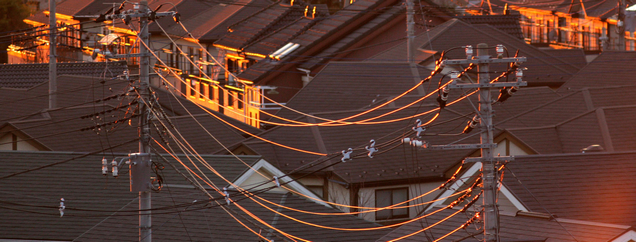Record clean energy investment outpaces gas and coal 2 to 1.
 |
| Photographer: Kimimasa Mayama |
Wind and solar have grown seemingly unstoppable.
While two
years of crashing prices for oil, natural gas, and coal
triggered dramatic downsizing in those industries, renewables have
been thriving. Clean energy investment broke new records in 2015 and
is now seeing twice as much global funding as fossil fuels.One reason is that renewable energy is becoming ever cheaper to produce. Recent solar and wind auctions in Mexico and Morocco ended with winning bids from companies that promised to produce electricity at the cheapest rate, from any source, anywhere in the world, said Michael Liebreich, chairman of the advisory board for Bloomberg New Energy Finance (BNEF).
Here's what's shaping power markets, in six charts from BNEF:
Renewables are beating fossil fuels 2 to 1
 |
| Investment in Power Capacity, 2008-2015 Source: BNEF, UNEP |
As solar prices fall, installations boom
 |
| Source: BNEF |
The reason solar-power generation will increasingly dominate: It’s a
technology, not a fuel. As such, efficiency increases and prices fall as
time goes on. What's more, the price of batteries to store solar power
when the sun isn't shining is falling in a similarly stunning arc.
An industry that keeps doubling in size
 |
| Renewables’ share of power generation. Scale is shown in doublings. Source: BNEF |
Meanwhile, fossil fuels have been getting killed by falling prices
and, more recently, declining investment. It started with coal—it used
to be that lower prices increased demand for fossil fuels, but coal
prices apparently can't fall fast enough. Richer OECD (Organisation for
Economic Co-operation and Development) countries have been reducing
demand for almost a decade. In China, coal power has also flattened.
Only developing countries with rapidly expanding energy demands are
still adding coal, though at a slowing rate.
Coal phases out in wealthier countries first
What does that look like on a country-level basis? The world's first
coal superpower, the U.K., now produces less power from coal than it has
since at least 1850.
Canary in the coal mine: U.K.
Canary in the coal mine: U.K.
 |
| Source: BNEF |
More recently it's the oil and gas industry that's been under attack.
Prices have tumbled and investments have started drying up. The number
of oil rigs active in the U.S. fell last month to the lowest since records began
in the 1940s. Producers—from tiny frontier drillers to massive
petrol-producing nation-states—are creeping ever closer to insolvency.
"What
we're talking about is miscalculation of risk," said BNEF's Liebreich.
"We're talking about a business model that is predicated on never-ending
growth, a business model that is predicated on being able to find
unlimited supplies of capital."The chart below shows independent oil producers and their ability to pay their debt.1 The pink quadrant at the bottom right represents the greatest threat to a company's solvency. By 2015, that quadrant starts to fill up, and Liebreich warned, "It's going to get uglier."
U.S. oil patch heads to the insolvency zone
 |
| Source: BNEF |
The best minds in energy keep underestimating what solar and wind can do. Since 2000, the International Energy Agency has raised its long-term solar forecast 14 times and its wind forecast five times. Every time global wind power doubles, there's a 19 percent drop in cost, according to BNEF, and every time solar power doubles, costs fall 24 percent.
And while BNEF
says the shift to renewable energy isn't happening fast enough to avoid
the catastrophic legacy of fossil-fuel dependence—climate change—it's
definitely happening.
Links


No comments:
Post a Comment